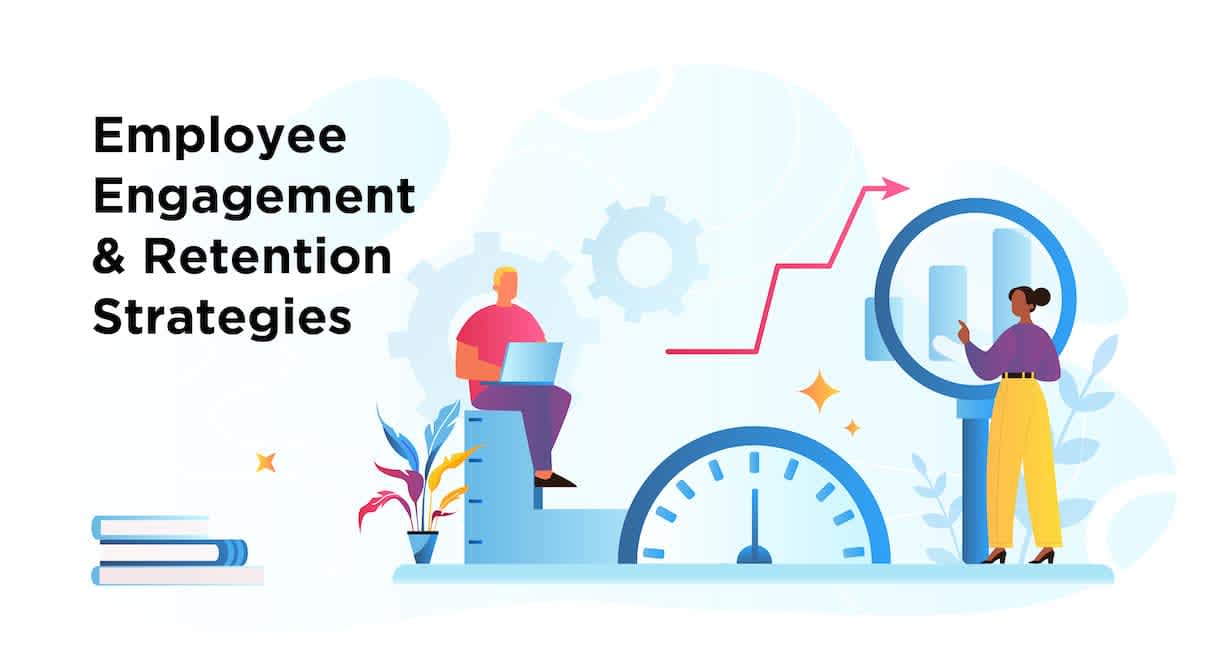In the ever-evolving landscape of mobile apps, staying relevant and retaining users is a constant challenge. Mobile app developers face fierce competition, changing user preferences, and evolving technology. However, there's a powerful strategy that can help them not only survive but thrive: regular updates. In this article, we'll explore how the consistent release of updates can significantly impact user retention and engagement.
The Mobile App Ecosystem
Before we dive into the impact of updates, let's understand the mobile app ecosystem. With millions of apps available on various app stores, users have a plethora of choices. Apps that fail to evolve risk becoming obsolete, losing users to competitors, and falling into the abyss of forgotten apps.
The User Expectation
In today's fast-paced digital world, users have come to expect regular updates from the apps they use. They anticipate bug fixes, performance improvements, and exciting new features. When an app meets these expectations, it keeps users engaged and satisfied.
1. Retention Through Reliability
Regular updates signal to users that the app is actively maintained and improved. It assures them that any issues they encounter will likely be addressed in future updates. This reliability encourages users to keep the app installed, leading to higher user retention rates.
2. Enhanced User Experience
Updates often bring enhancements to the user experience. Whether it's a smoother interface, faster load times, or new features that make tasks easier, these improvements contribute to higher user satisfaction. A satisfied user is more likely to continue using the app.
3. Bug Squashing
No app is immune to bugs. However, promptly addressing and fixing bugs is crucial. Regular updates provide an avenue for developers to tackle issues and ensure a seamless user experience. Users who see that their reported problems are resolved are more likely to stick around.
4. New Features and Innovation
Innovation is the lifeblood of mobile apps. Regular updates allow developers to introduce fresh features that capture users' interest. These additions can rekindle user engagement and enthusiasm for the app.
5. Staying Competitive
The app market is a competitive arena. Regular updates keep your app competitive by ensuring it can compete with the latest features and capabilities offered by rival apps. Falling behind can result in user migration to more up-to-date alternatives.
6. Personalization
Through updates, apps can offer personalized experiences based on user behavior and preferences. Personalization fosters a sense of connection between the user and the app, making it a valuable part of their digital life.
7. User Feedback Integration
Engaging with user feedback is essential. Regular updates provide an opportunity to implement user-suggested improvements. This not only shows users that their input is valued but also enhances the app's functionality.

Measuring the Impact
To truly understand the impact of updates on user retention and engagement, it's essential to monitor key metrics. Here are some metrics to consider:
- User Retention Rate: Track how many users continue to use the app after each update. - User Engagement: Monitor user activity, such as daily or weekly active users, session duration, and feature usage.
- App Ratings and Reviews: Pay attention to user reviews and app ratings on app stores. Positive reviews after updates indicate improved user satisfaction.
- Churn Rate: Measure the rate at which users uninstall the app. A lower churn rate post-update is a positive sign.
- Conversion Rate: If the app involves in-app purchases or subscriptions, track how updates impact conversion rates.

Case Studies: Real-World Impact
Let's look at a couple of real-world examples that illustrate the significant impact regular updates can have on user retention and engagement:
Instagram is known for its consistent updates, introducing new features and improving the user experience. These regular updates have contributed to its impressive user retention rates. Users eagerly anticipate what Instagram will roll out next, keeping them engaged and active on the platform.
Facebook's mobile app also thrives on regular updates. They continuously refine the app's performance, add new features, and address user-reported issues. As a result, Facebook maintains a high user retention rate and user engagement levels.
The Takeaway
In the mobile app world, stagnation can lead to obsolescence. Regular updates are not merely a developer's chore; they are a strategic tool for increasing user retention and engagement. Users want to know that the app they've chosen is continuously improving and adapting to their needs.
By prioritizing regular updates, app developers can build trust, enhance the user experience, and stay competitive in a crowded marketplace. When users see the commitment to improvement, they are more likely to stay loyal, engage with the app, and become advocates, ultimately driving the app's success.
Remember, the impact of regular updates is not just about keeping up with the competition; it's about surpassing it and becoming a staple in users' lives. So, keep innovating, keep improving, and keep your users engaged through the power of regular updates. Your app's future depends on it.



